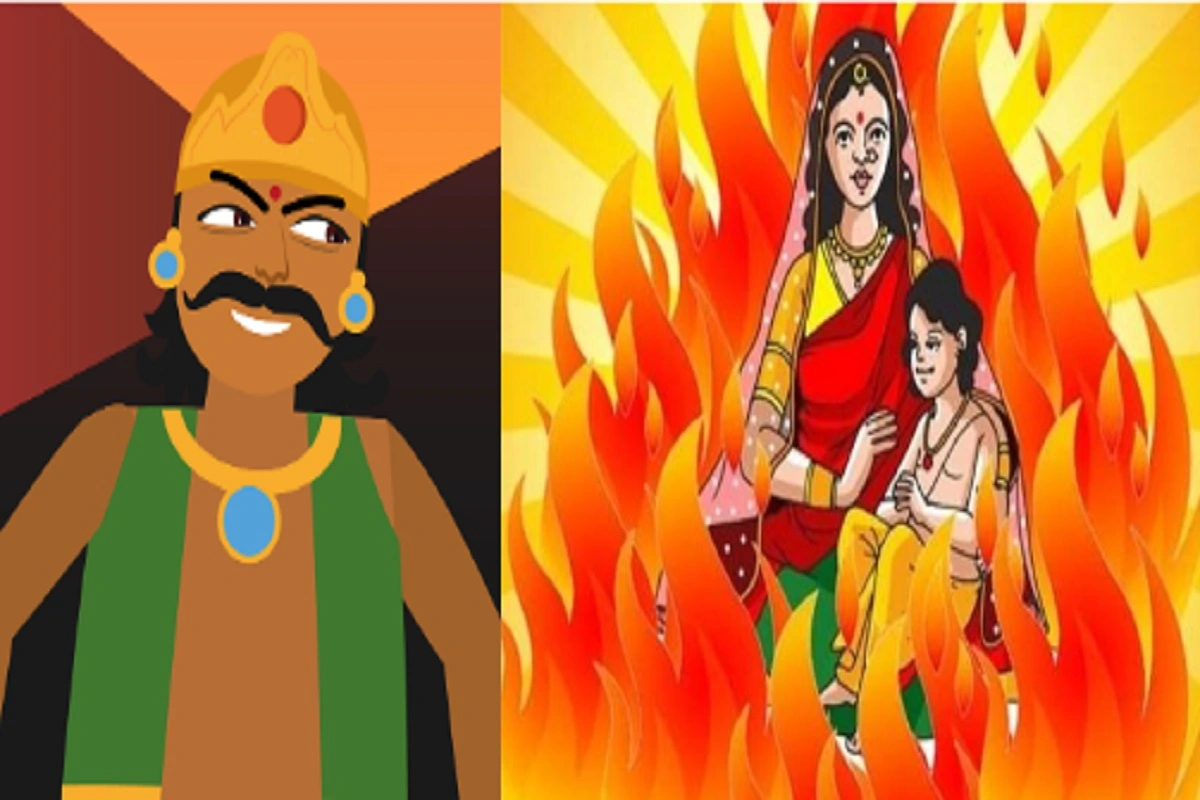
Holi Hai !
The festival of colors is Holi, it is vibrant and filled with beautiful colors. Holi is considered one of the major festivals in India. It is celebrated in the month of Phalgun on a full moon day according to the Hindu calendar.
Let’s dig into the history of this colorful festival…
The History of Holi
There was once a demon king named Hiranyakashyap who ruled over the kingdom of earth. He was so self-centered that he ordered everyone in his kingdom to worship only him. His son, Prahlad, however, became an ardent devotee of Lord Naarayana and refused to worship his father, much to his dismay.
Hiranyakashyap attempted several times to murder his son Prahlad, but Lord Vishnu always saved him. Finally, he asked his sister, Holika, to jump into a raging fire while holding Prahlad in her lap. For Hiranyakashyap knew Holika had a boon that allowed her to enter the fire unscathed.
Holika coaxed young Prahlad to sit in her lap, and she took her seat in front of a roaring fire. According to legend, Holika had to pay the price for her sinister desire for her life. Holika had no idea that the boon only worked when she entered the fire alone.
Prahlad, who had been chanting the name of Lord Naarayana the entire time, emerged unscathed, as the Lord had blessed him for his extreme devotion.
Thus, Holika inspired the name Holi. And it is celebrated as a festival of good triumphing over evil.
Significance of Holi
Holi is also celebrated as a devotee’s victory. According to legend, no one, no matter how powerful, can harm a true devotee. Those who dare to torture a genuine devotee of God will be reduced to ashes.
Also read: The Dwapar Yug Holi: Why Barsana Celebrates Holi In This Unique Style?
Practice Of Holika
Every year, people reenact the scene of ‘Holika’s burning to ashes’ to commemorate the triumph of good over evil. In several Indian states, particularly in the north, effigies of Holika are burned in massive bonfires. There is even a custom of throwing cow dung into the fire and yelling obscenities at it as if it were Holika. Then there are shouts of ‘Holi-hai! Holi-hai!’ everywhere.
The tradition of burning ‘Holika’ is also practiced religiously in Gujarat and Orissa. People here express their gratitude to Agni, the god of fire, by offering gramme and harvest stalks with humility.
Furthermore, on the last day of Holi, people bring a small amount of fire from the bonfire to their homes. It is believed that by following this custom, their homes will be cleansed and their bodies will be disease-free.
There is also a tradition in several places of cleaning homes, removing all dirty articles from around the house and burning them. Disease-causing bacteria are thus eliminated, and the locality’s sanitary condition is improved.

















